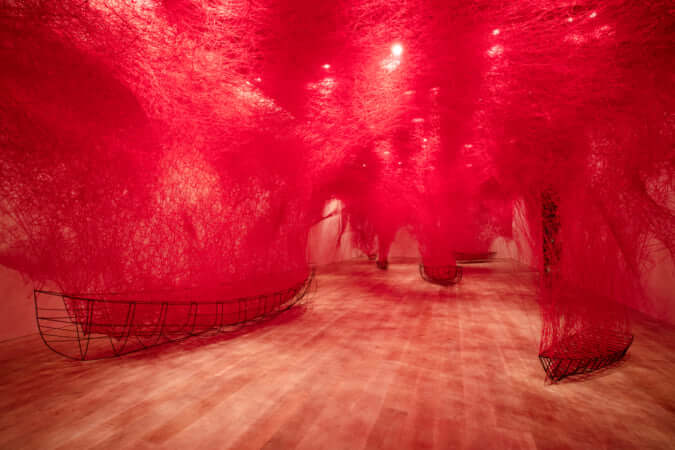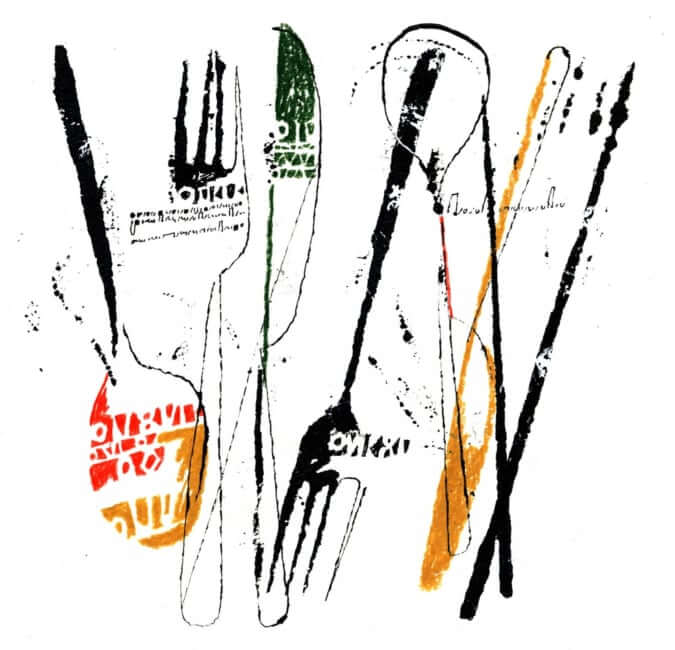Tokihiro Sato, Shedding Light on an Invisible Presence
Photographers are generally behind the camera, but 'Photo Respiration' represents the artist's ephemeral appearance.
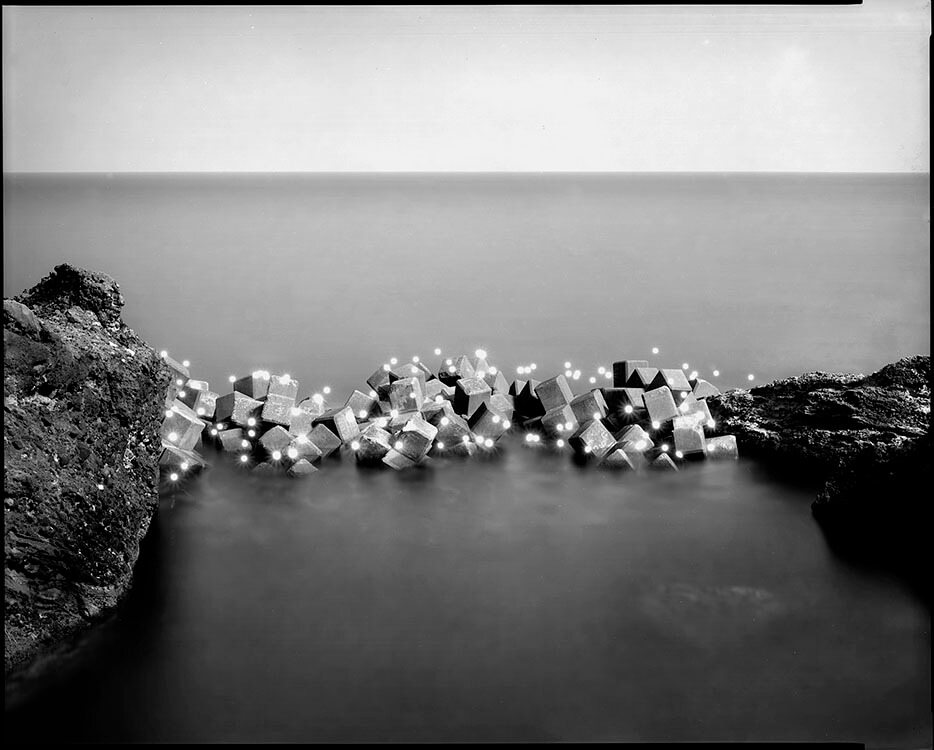
Tokihiro Sato, “Yura #339”, 2001
Describing what Tokihiro Sato does as photography would be unjust, or rather incorrect. It is more accurately defined as a practice between photography and performance. The points of light that inhabit his images are the result of the artist moving and entering his own frame. This creates a poetic and philosophical play, an exploration of our relationship with movement, our presence.
Tokihiro Sato trained in sculpture, but after an initial experiment with points of light based around his work, he redirected his practice towards photography. This shift enabled the artist, born in Sakata in 1957, to create an unusual universe, for which he was awarded the Higashikawa New Photographer Prize in 1990.
Transitory nature
Tokihiro Sato works using long exposure, lasting between one and three hours. The artist uses this time to move around in the space, creating points of light or illuminated lines using torches or flashes from reflecting mirrors. The artist draws with light. This is demonstrated particularly in his iconic series Photo Respiration. These points of light appear in indoor, urban or wild environments, bodies of water, or snowy forests, and give rise to black-and-white photographs.
As he explains in words quoted by The Hindu, ‘contradictorily, by not having life/lives visible in a frame, I would like to show it does exist there.’ The camera therefore immortalises an action that is not given tangible form by his body, but by these points that represent his ephemeral presence. The artist continues, explaining his intention: ‘What I would like the viewer to see is their idea of the “missing part” in my images. I want them to imagine that something which they cannot actually see in the picture does exist—by means of showing my own absence. My “respirations” and actions in the pictures are the essence of my own life, even though my body remains invisible.’
Tokihiro Sato’s photographs present a poetic and lyrical world. Looking at them, the viewer becomes aware of their own relationship to existence and of the transitory nature of our own lives.
Tokihiro Sato’s work can be viewed on the Haines Gallery and Leslie Tonkonow websites.
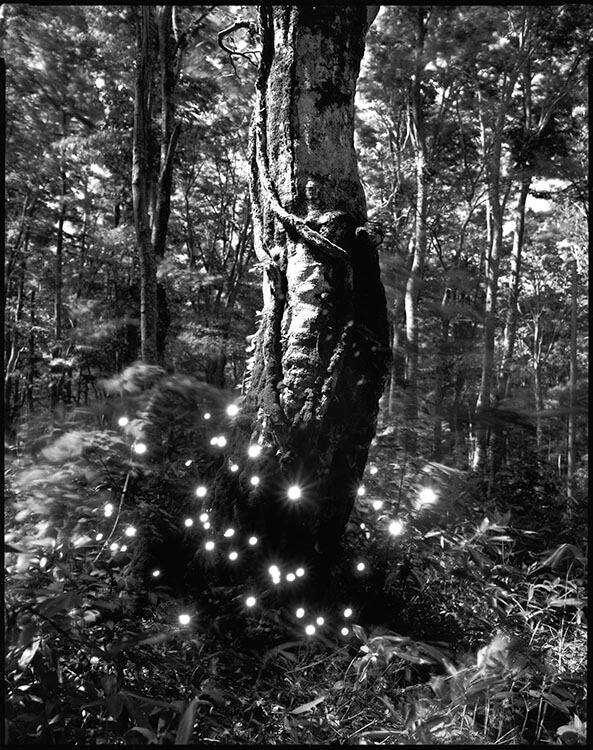
Tokihiro Sato, '#2', 2009
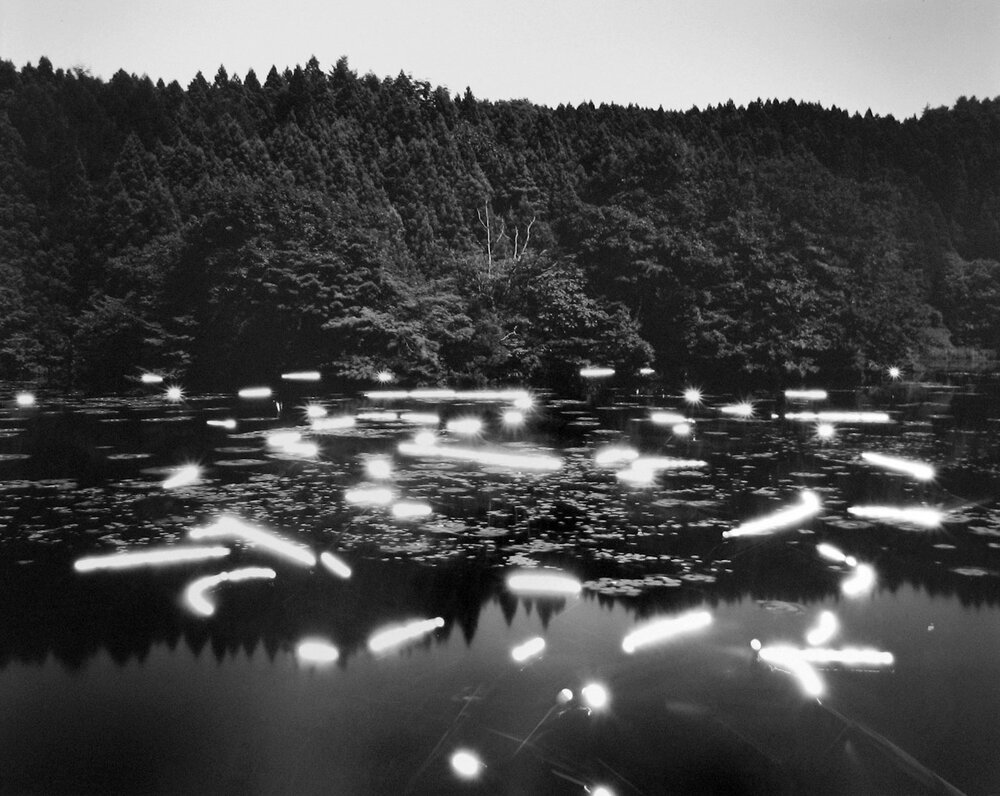
Tokihiro Sato, '#381 Domi-muma', 1999
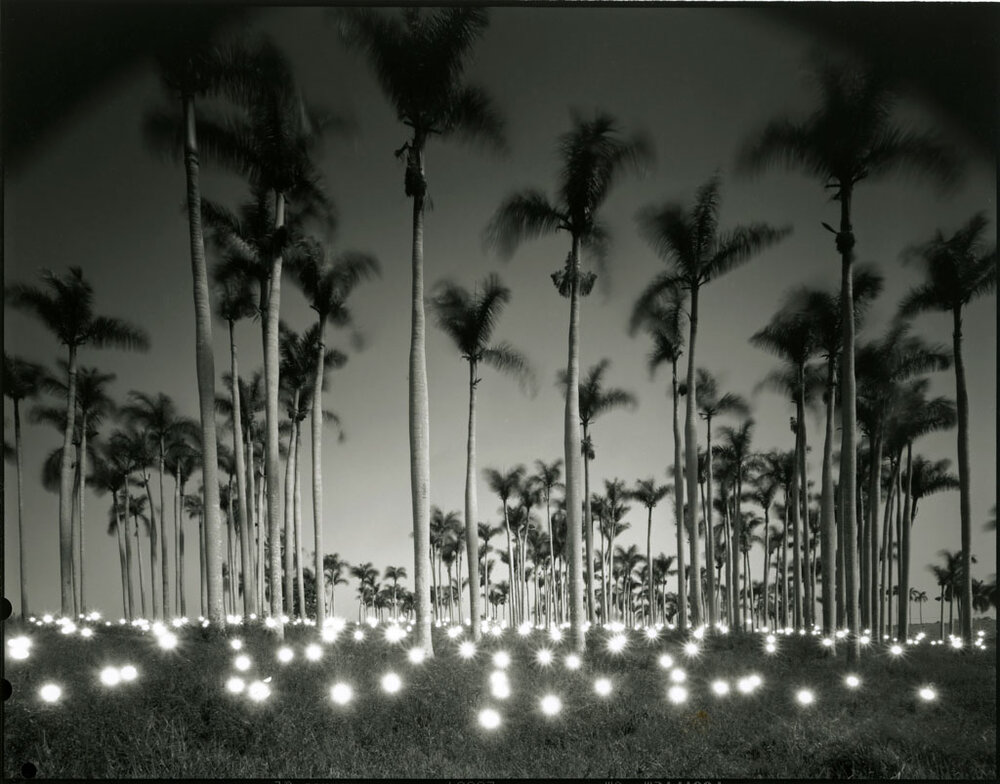
Tokihiro Sato, '#356 Palm', 1997
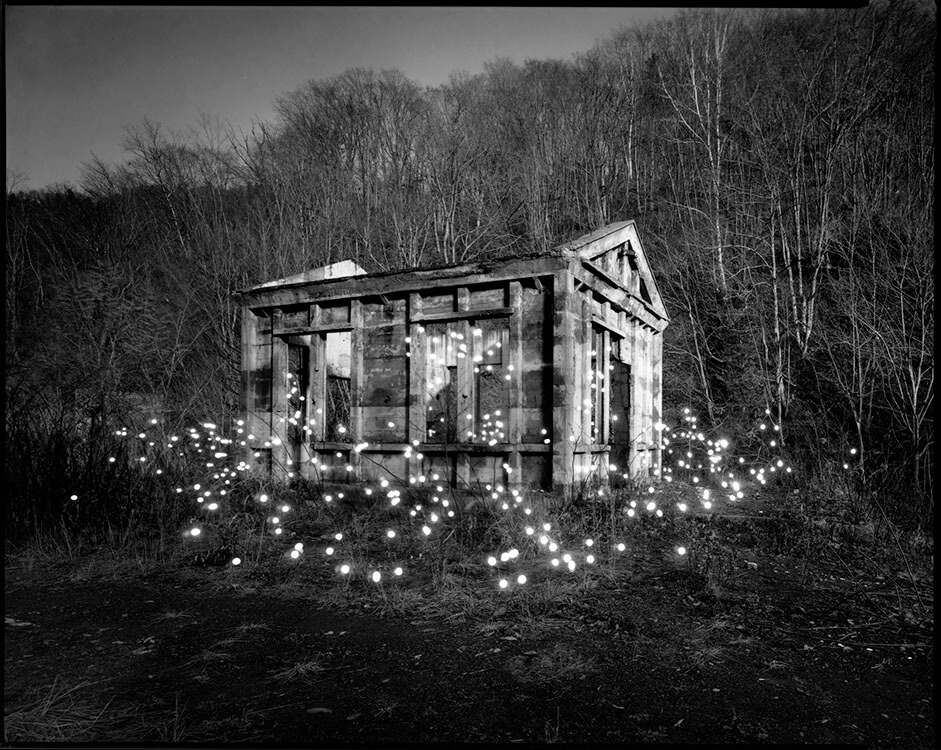
Tokihiro Sato, '#170 Manji', 1992
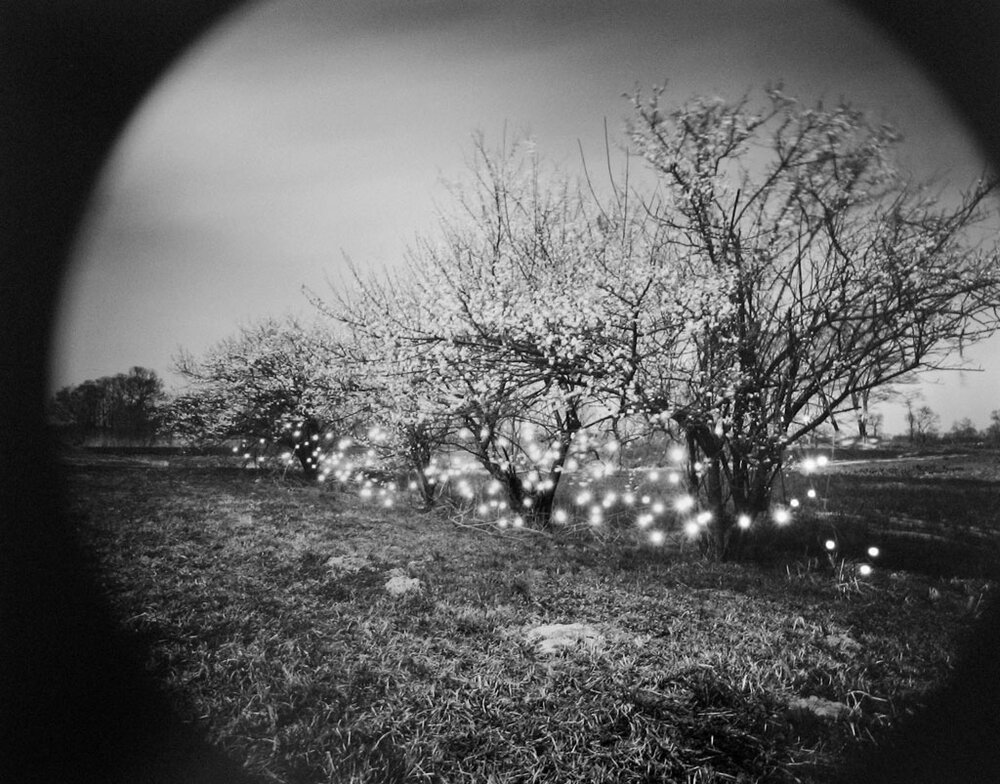
Tokihiro Sato, '#69', 1990
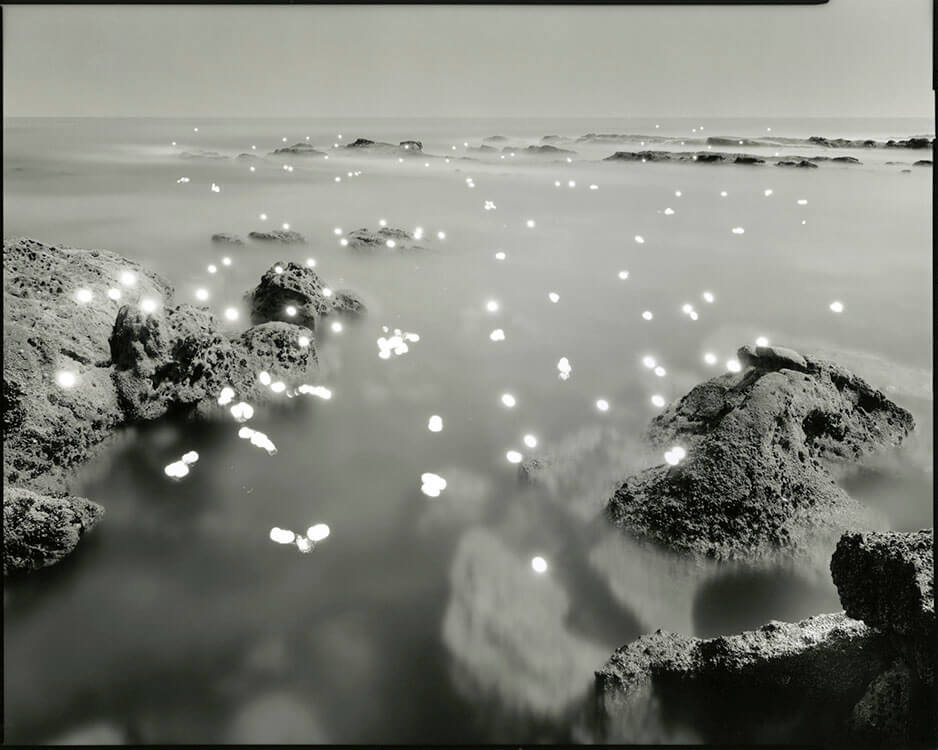
Tokihiro Sato, '#294 Hattachi', 1996

Tokihiro Sato, '#60', 1990
TRENDING
-
The Tattoos that Marked the Criminals of the Edo Period
Traditional tattoos were strong signifiers; murderers had head tattoos, while theft might result in an arm tattoo.

-
Chiharu Shiota, Red Threads of the Soul
Last year, more than 660,000 people visited the retrospective 'Chiharu Shiota: The Soul Trembles' exhibit at the Mori Art Museum.

-
‘Before Doubting Others, Doubt Yourself. Who Can Truly Say a Dish Isn’t What It Used to Be?’
In ‘A Non-Conformist’s Guide to Surviving Society’, author Satoshi Ogawa shares his strategies for navigating everyday life.

-
The Story of Sada Yacco, the Geisha who Bewitched Europe
Described by Dazed magazine as the first beauty influencer, she has been restored to her former glory since 2019.

-
Ito Jakuchu's Naturalist Paintings
From 15 September until 14 October 2018, the Petit Palais showcased the artist's iconic ‘Images of the Colourful Realm of Living Beings’.


